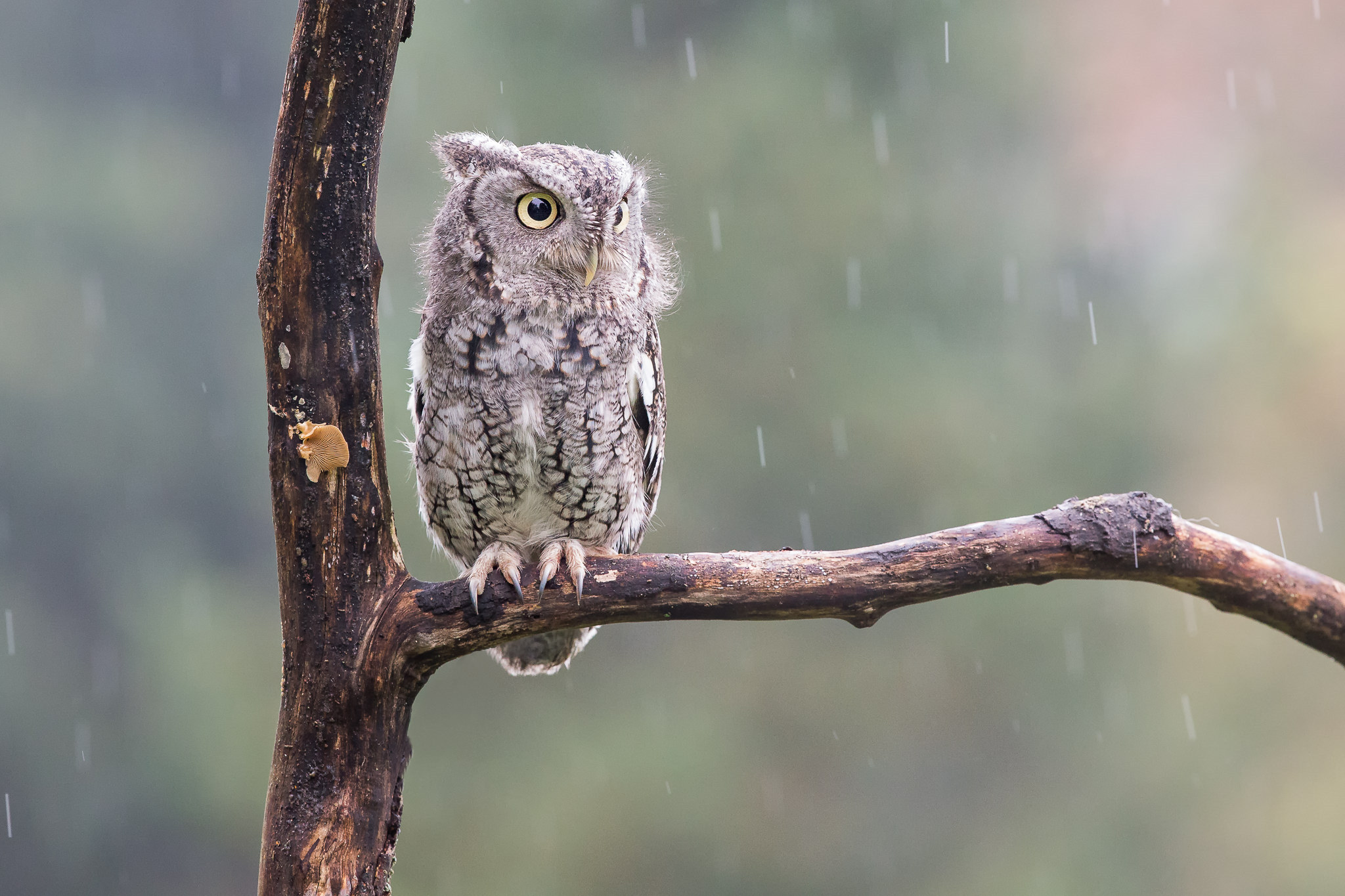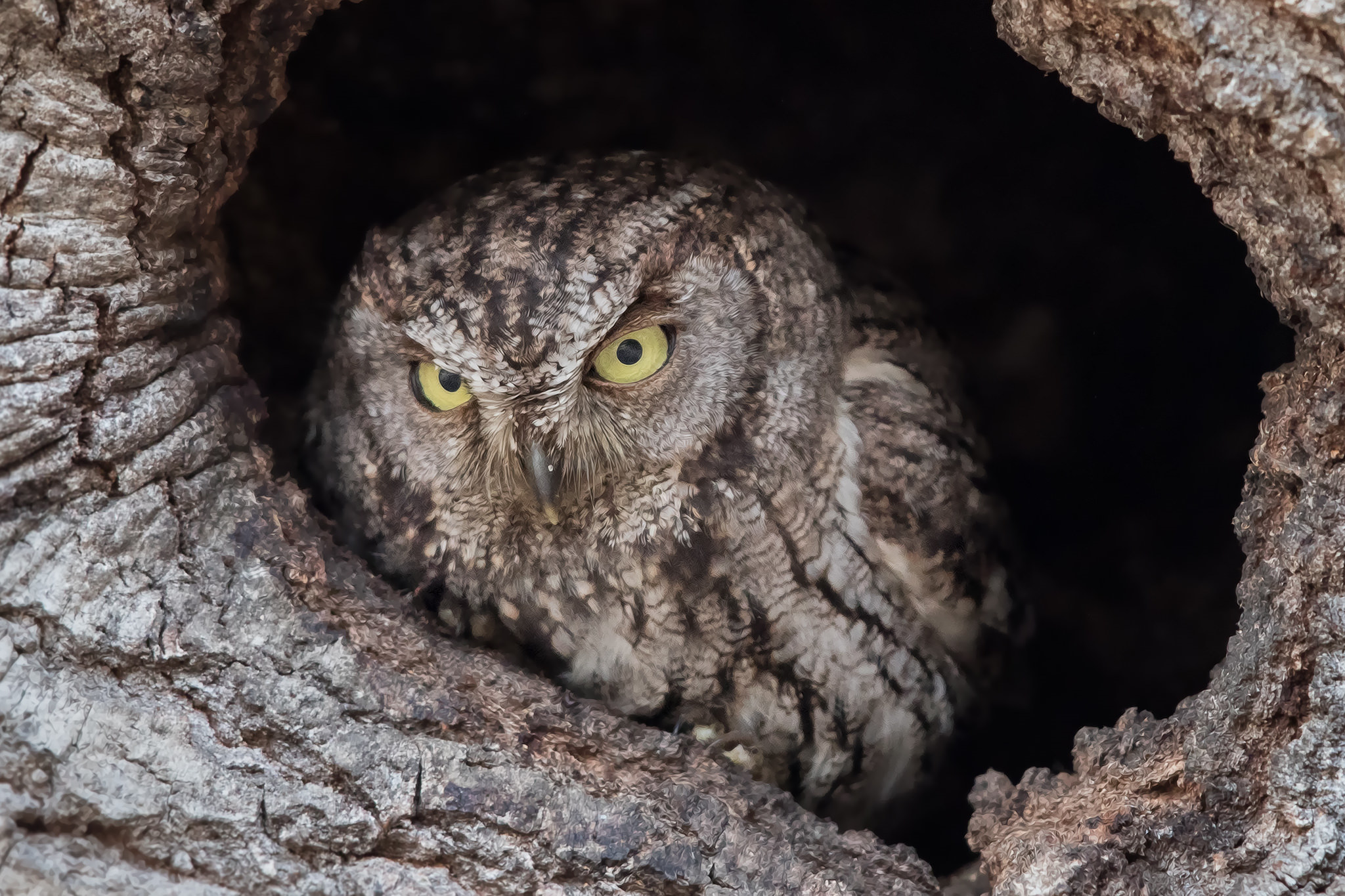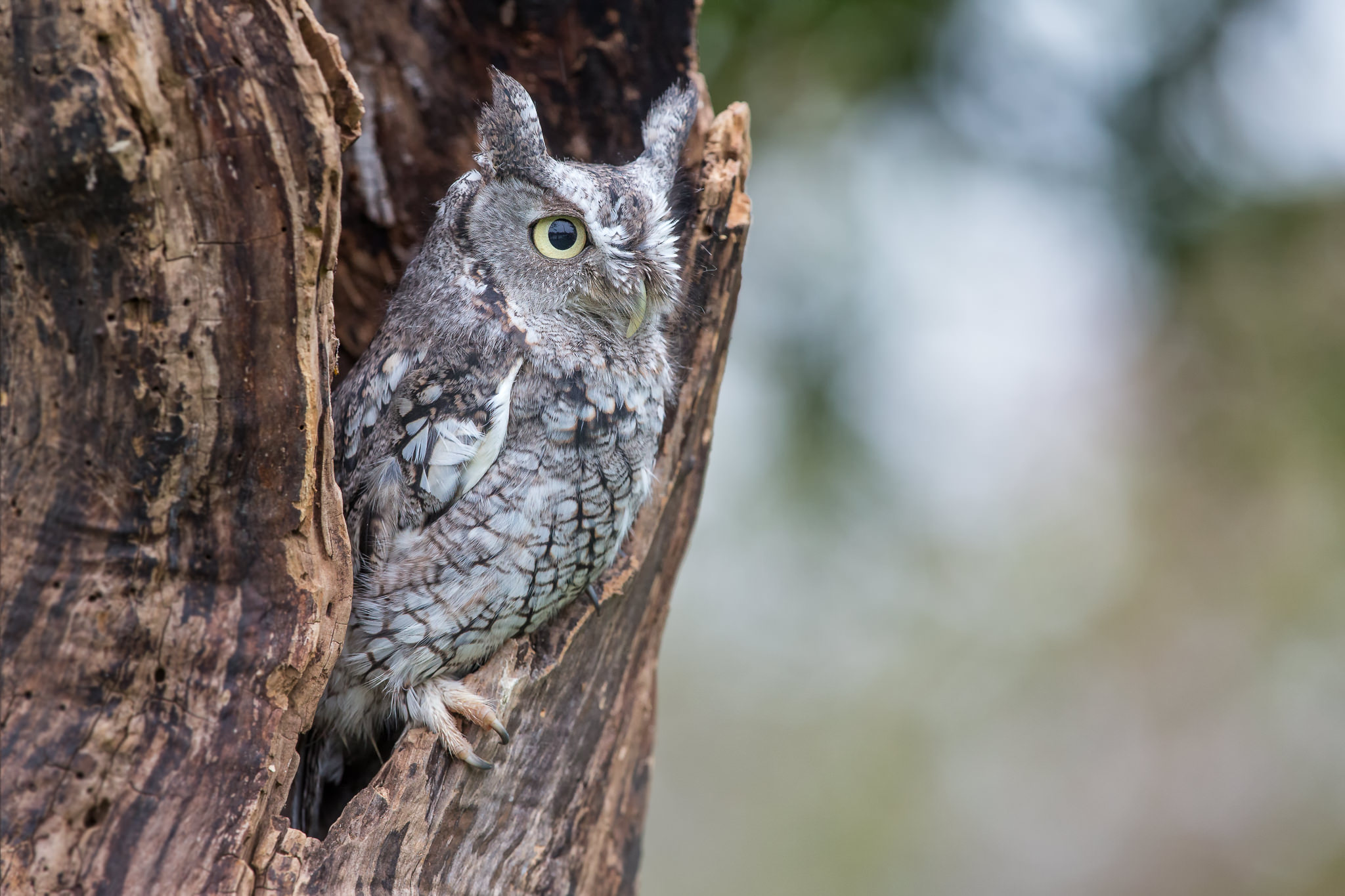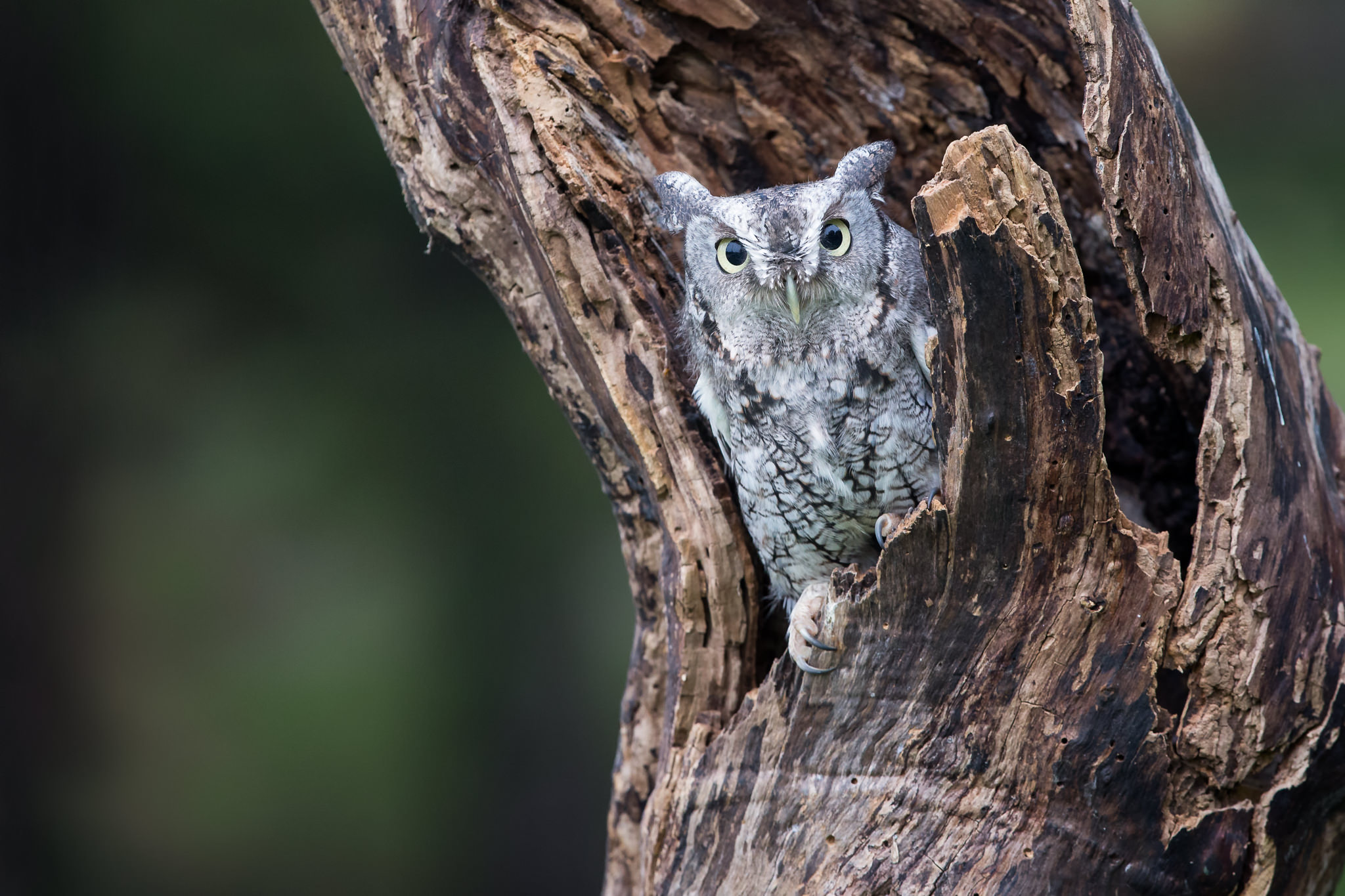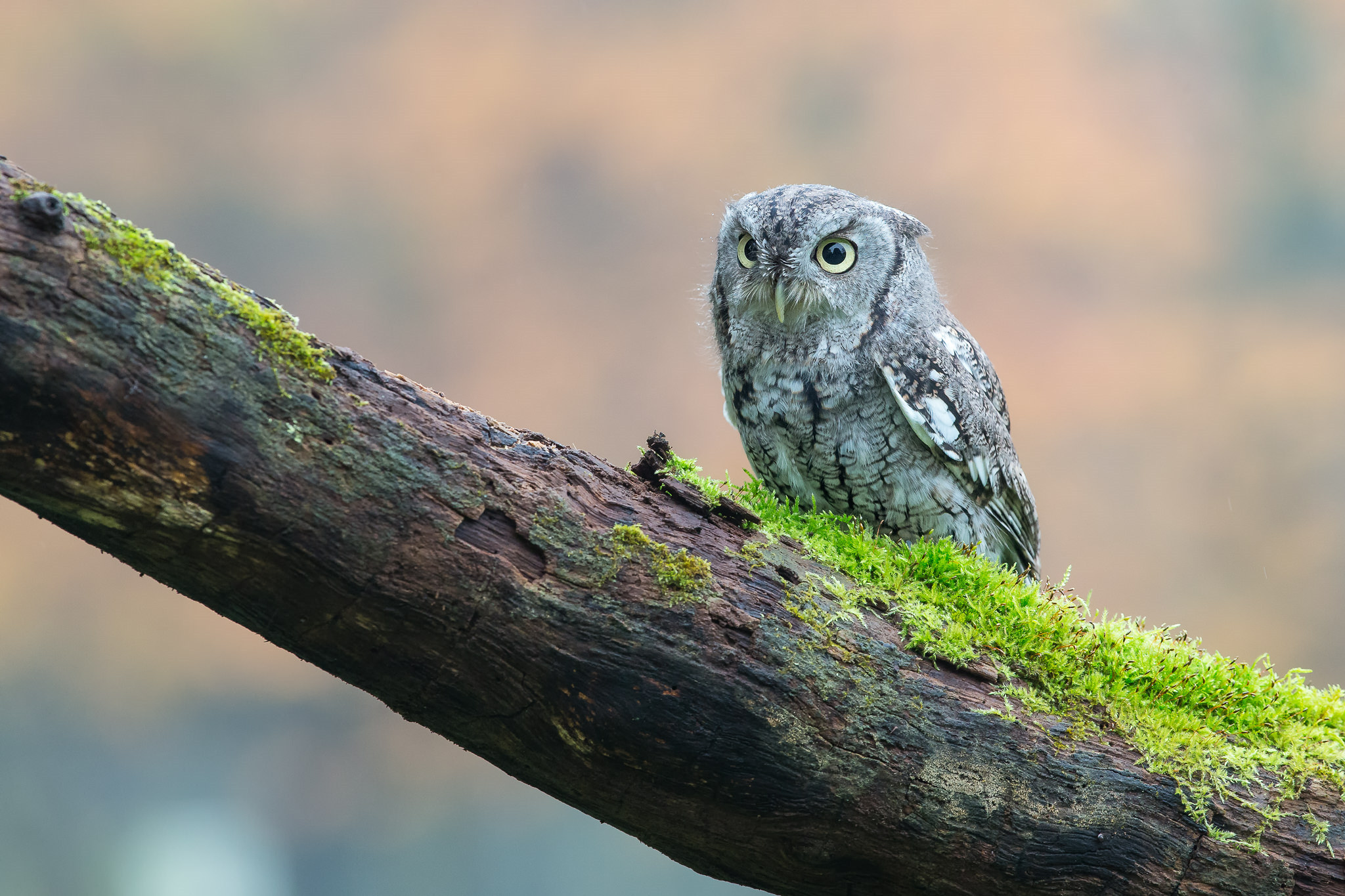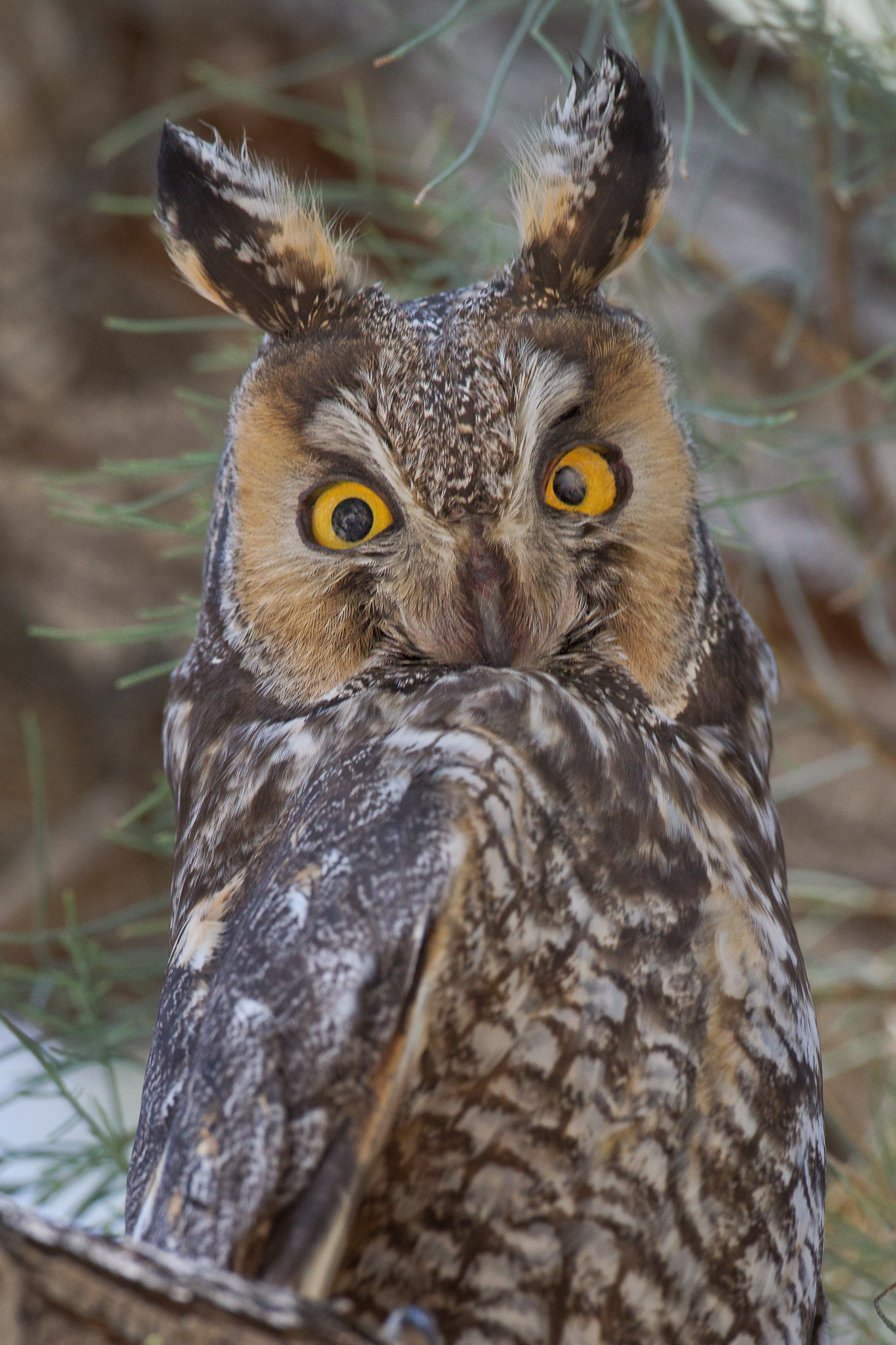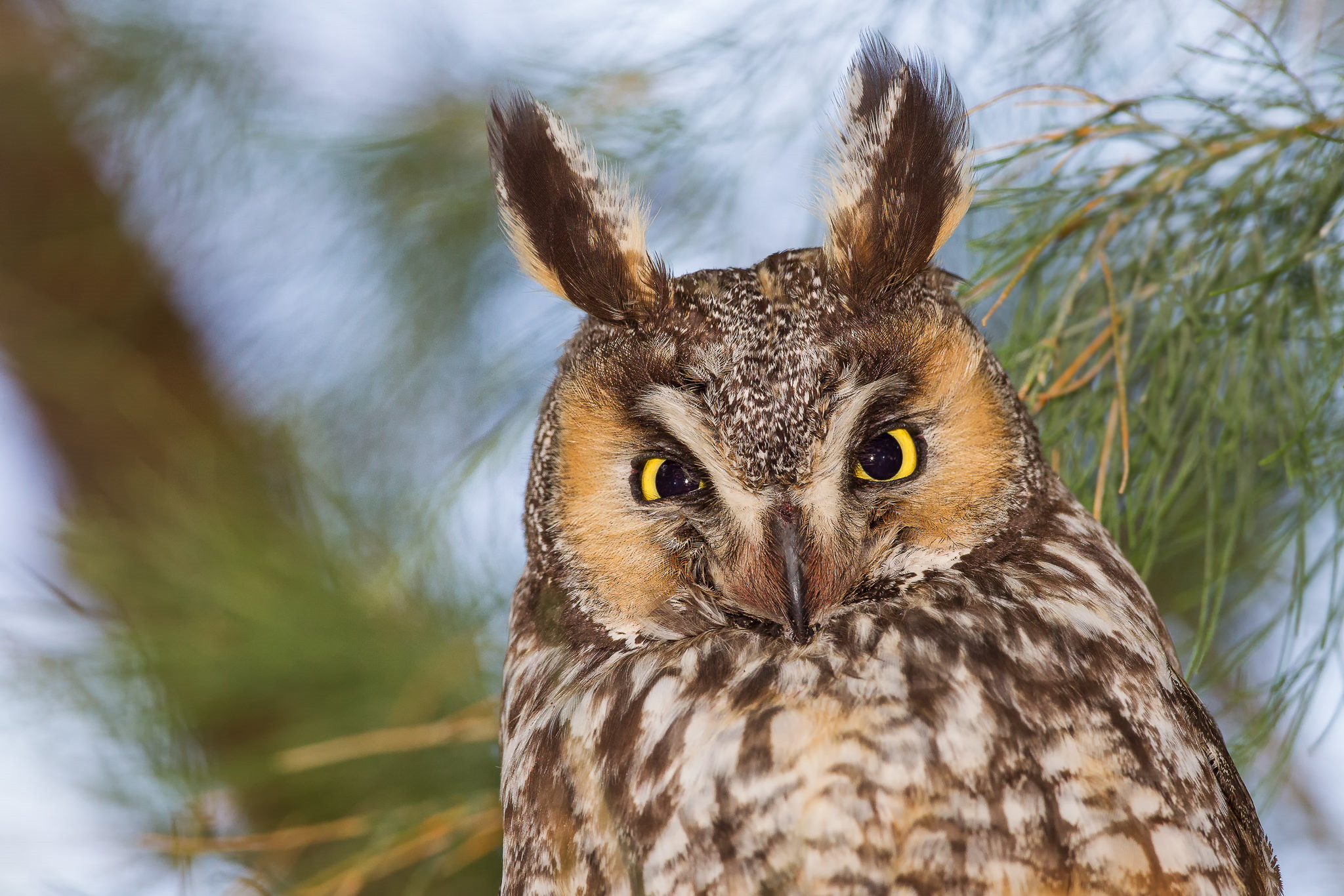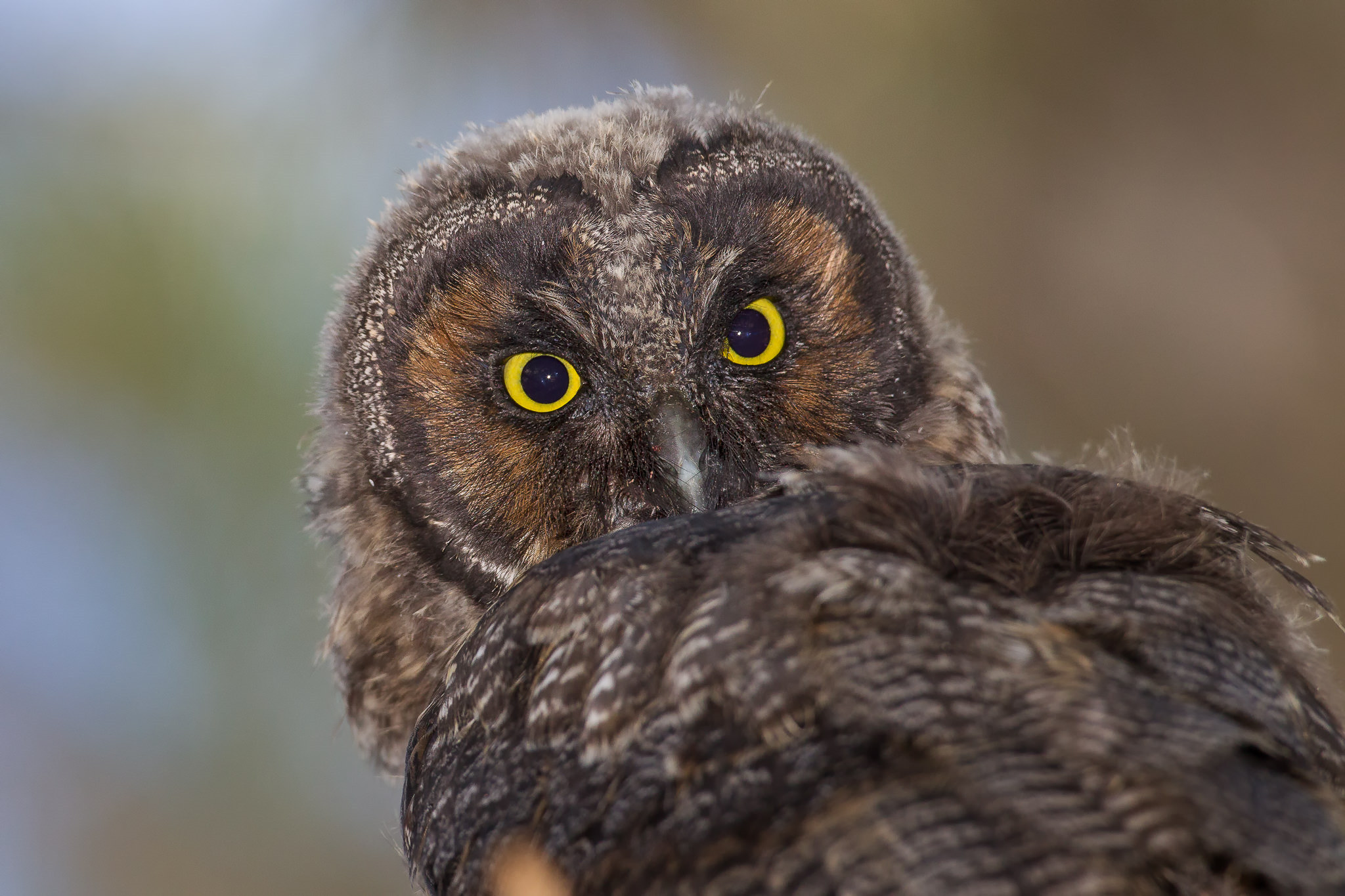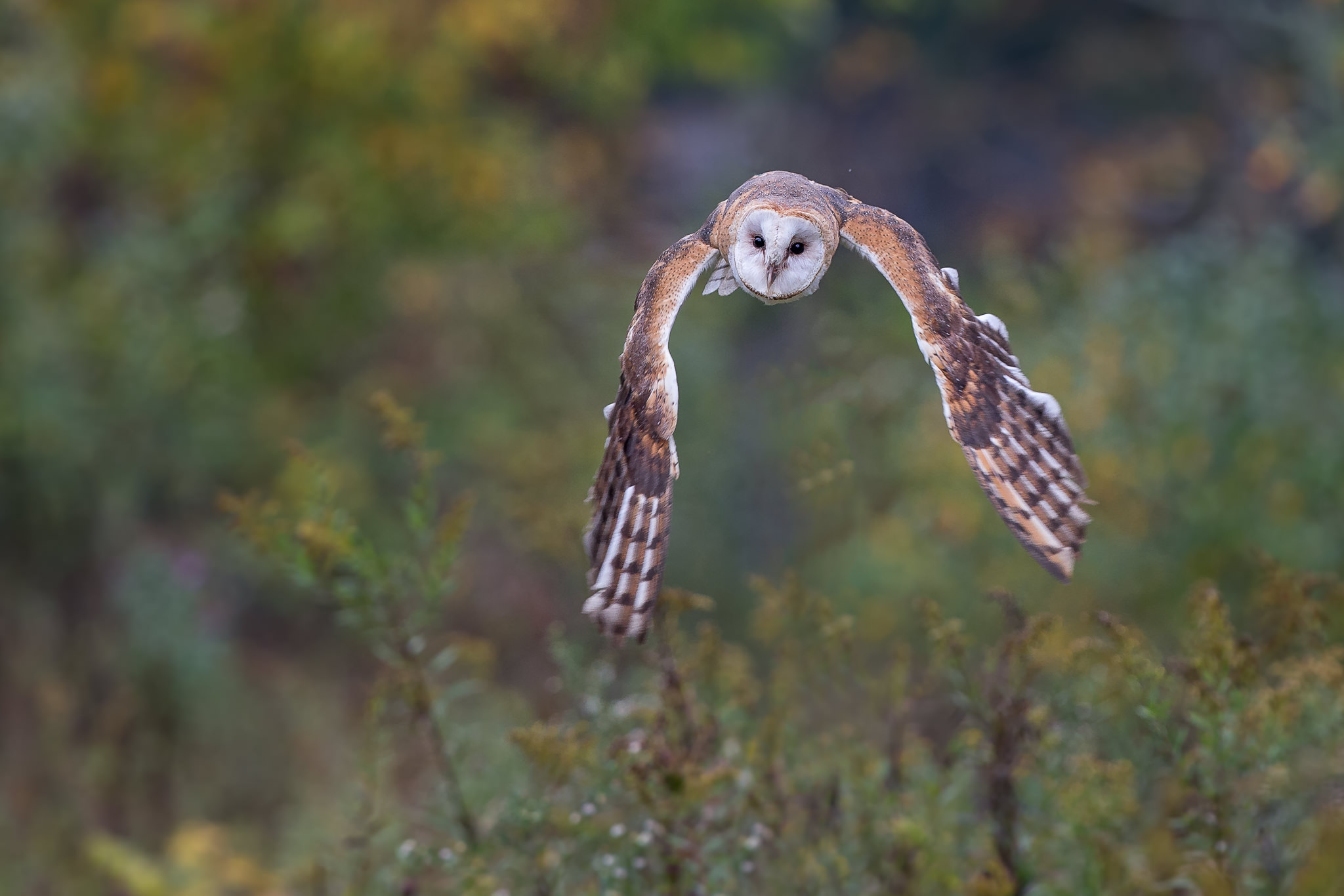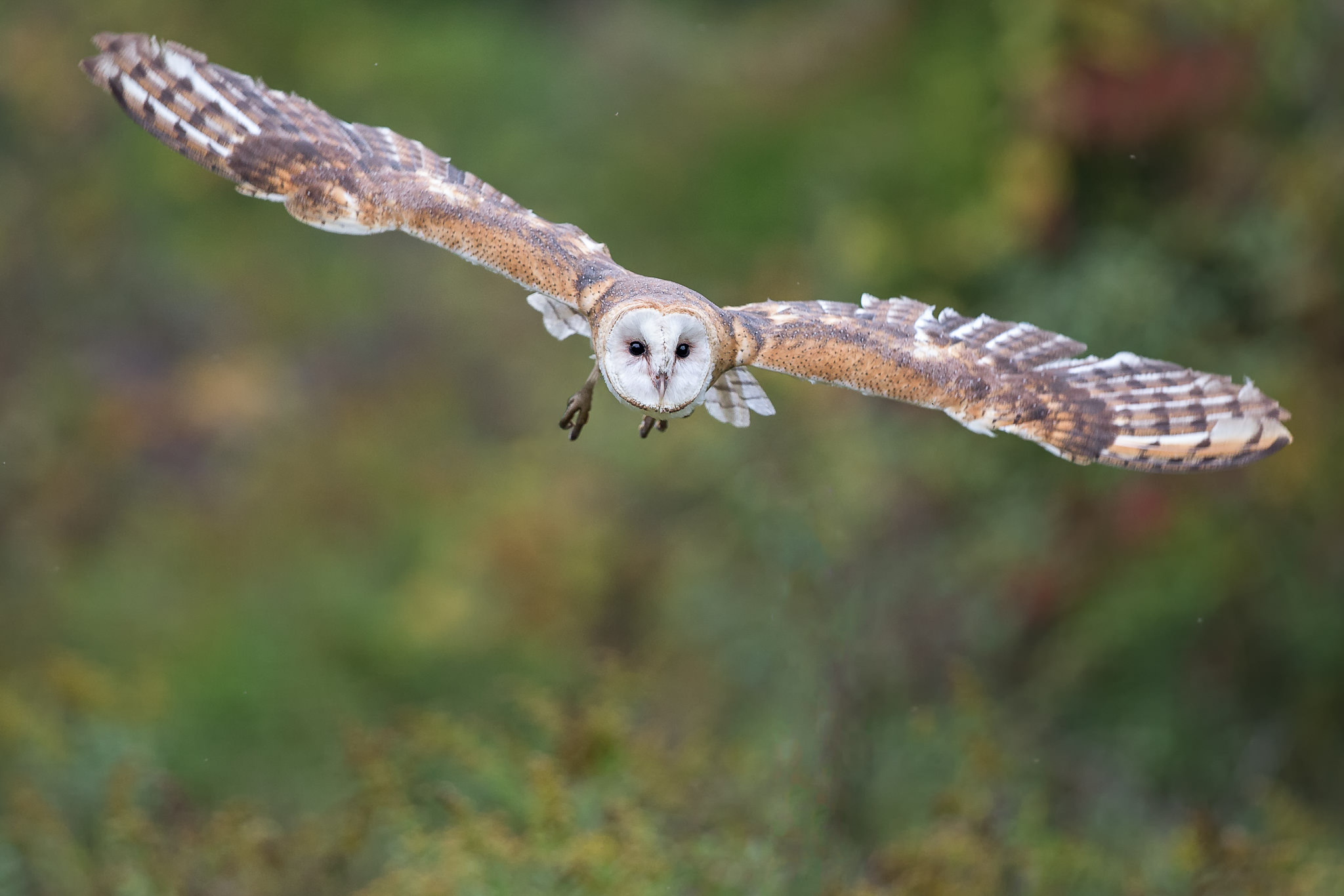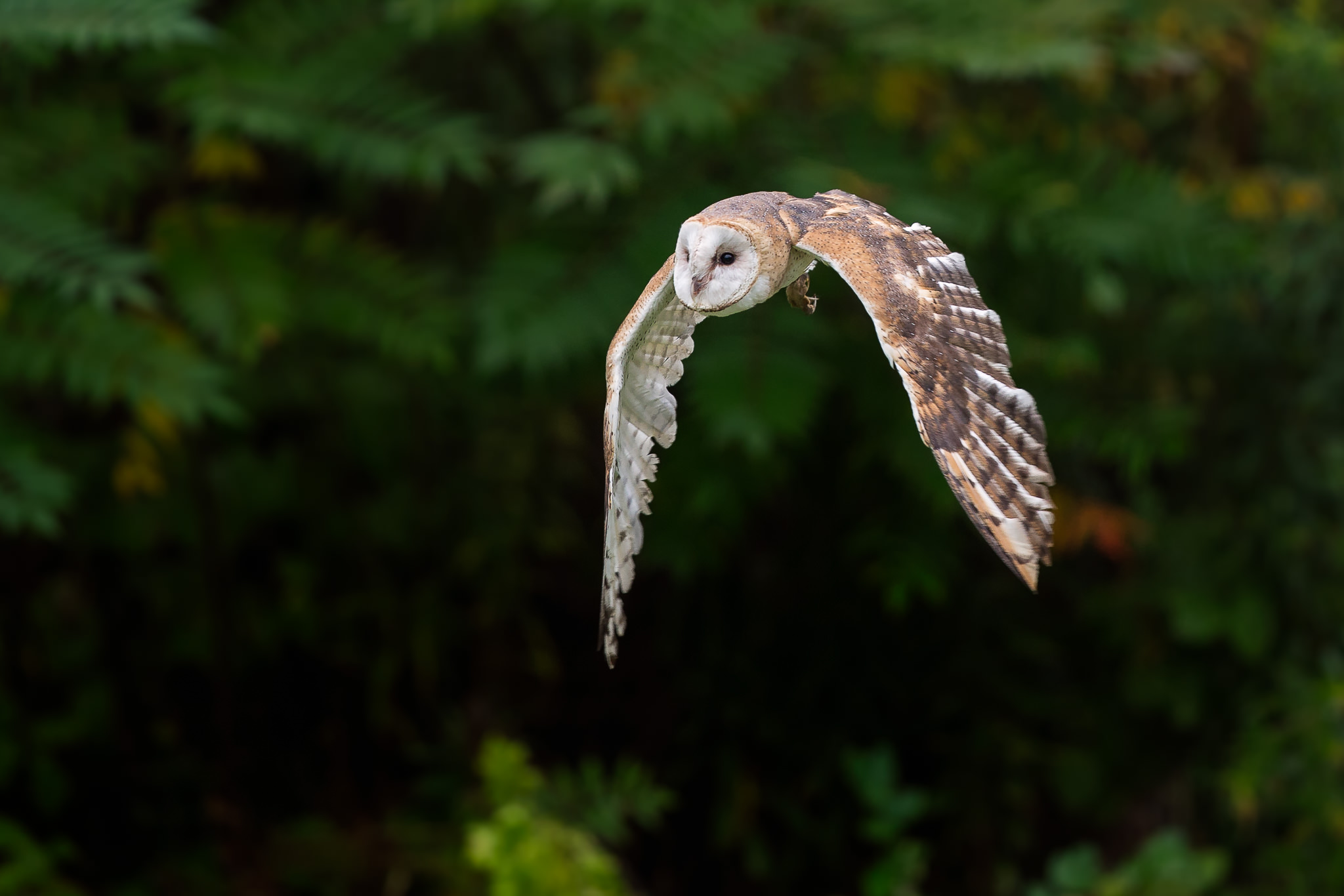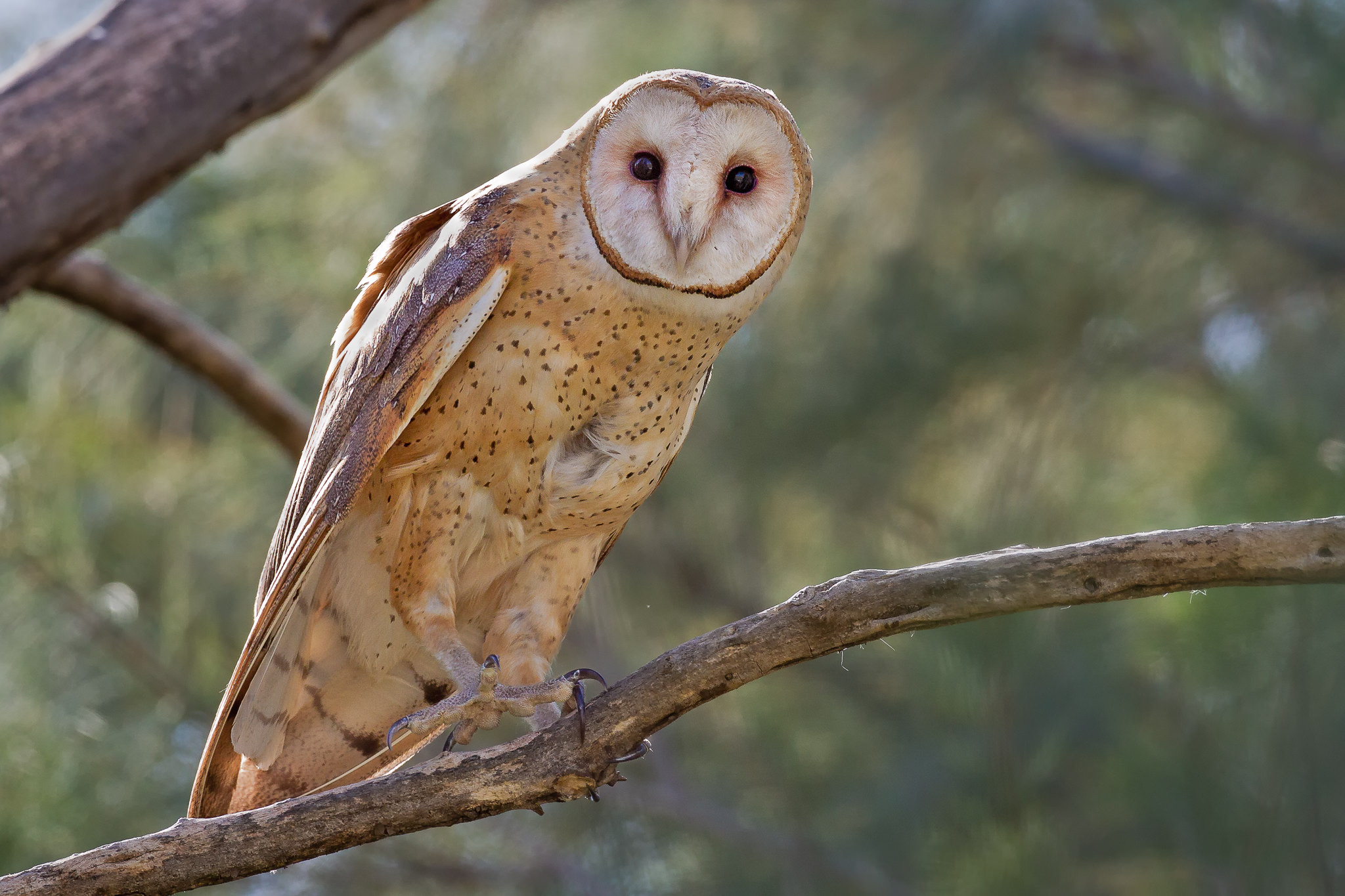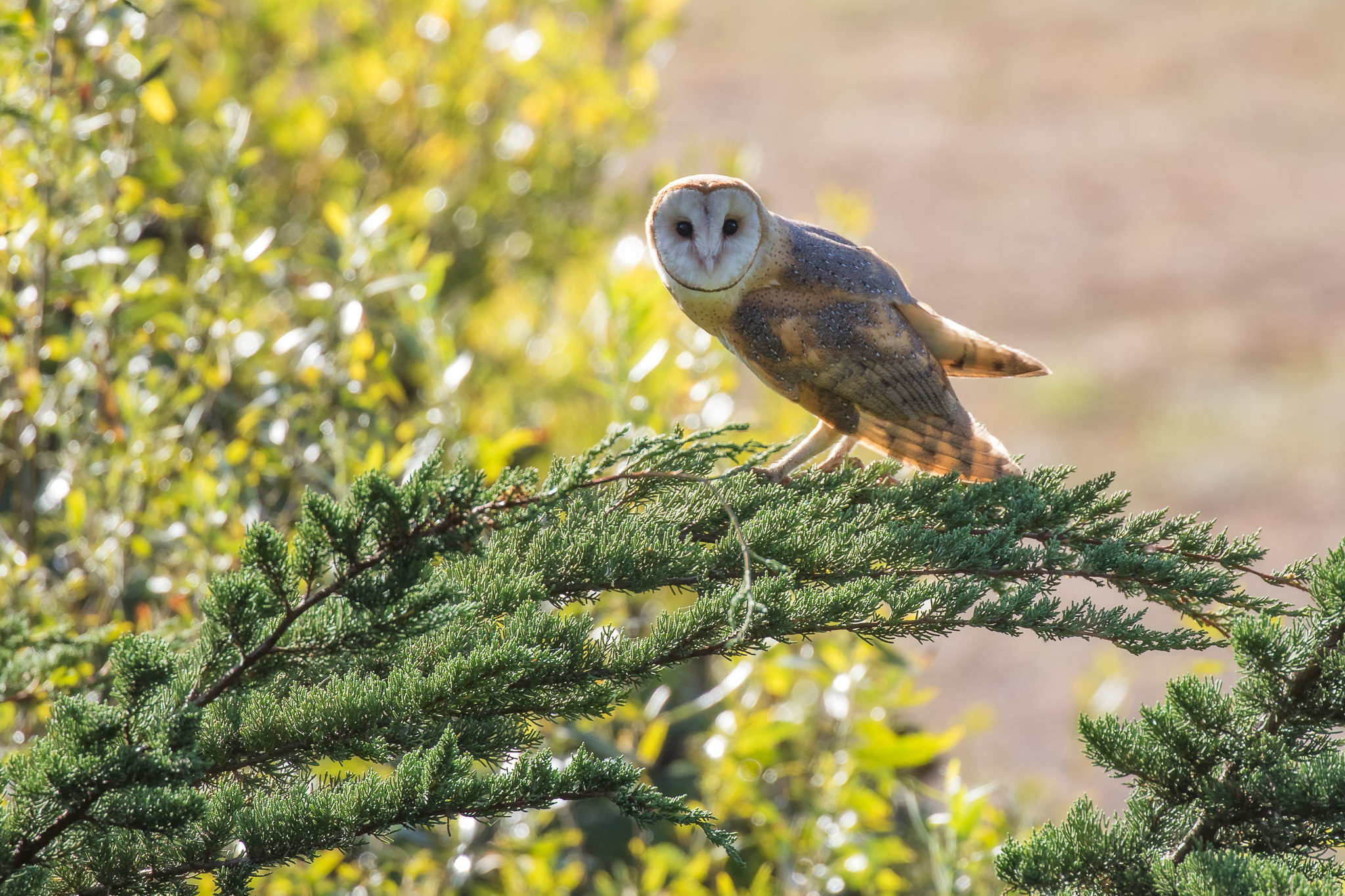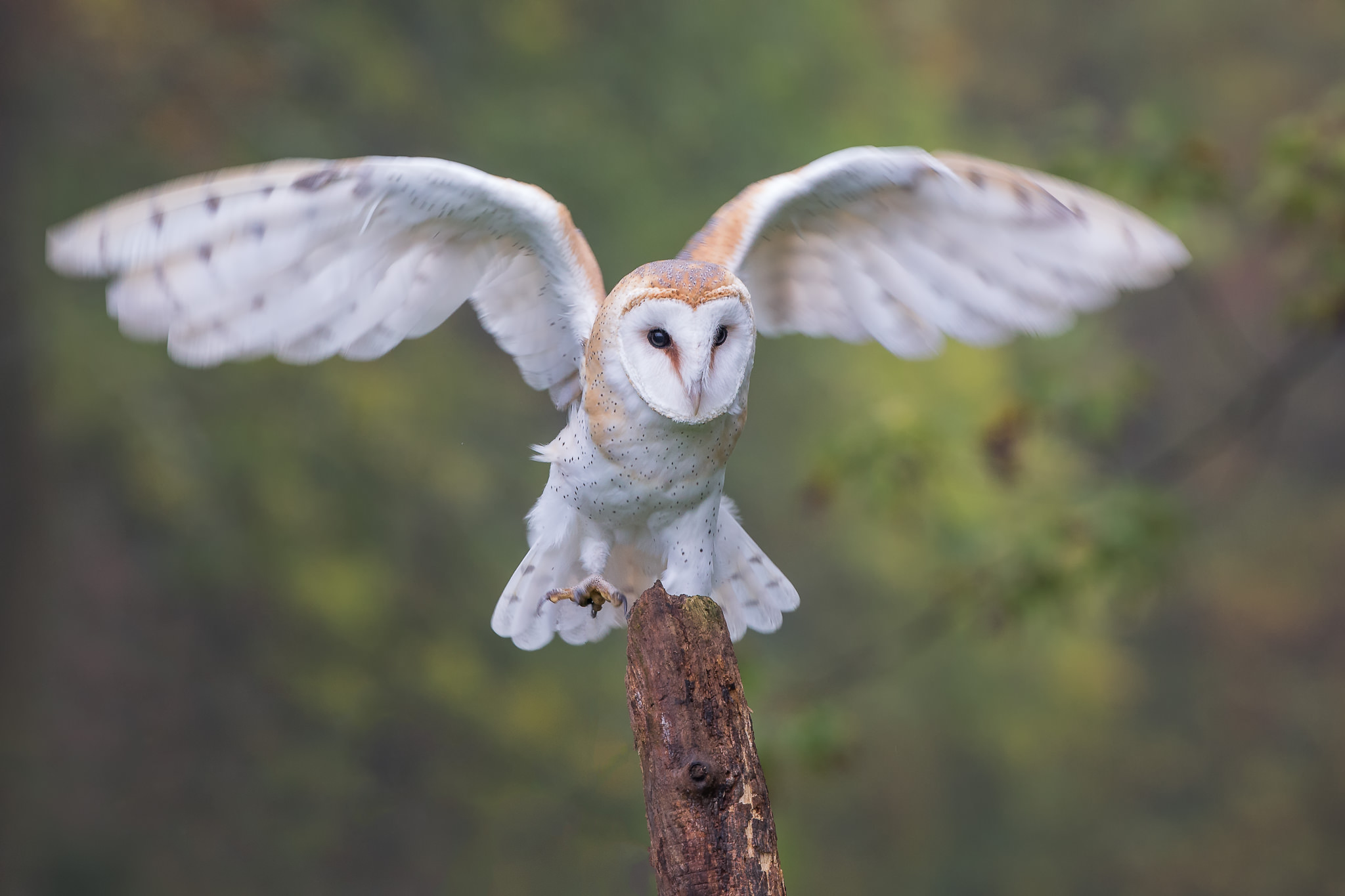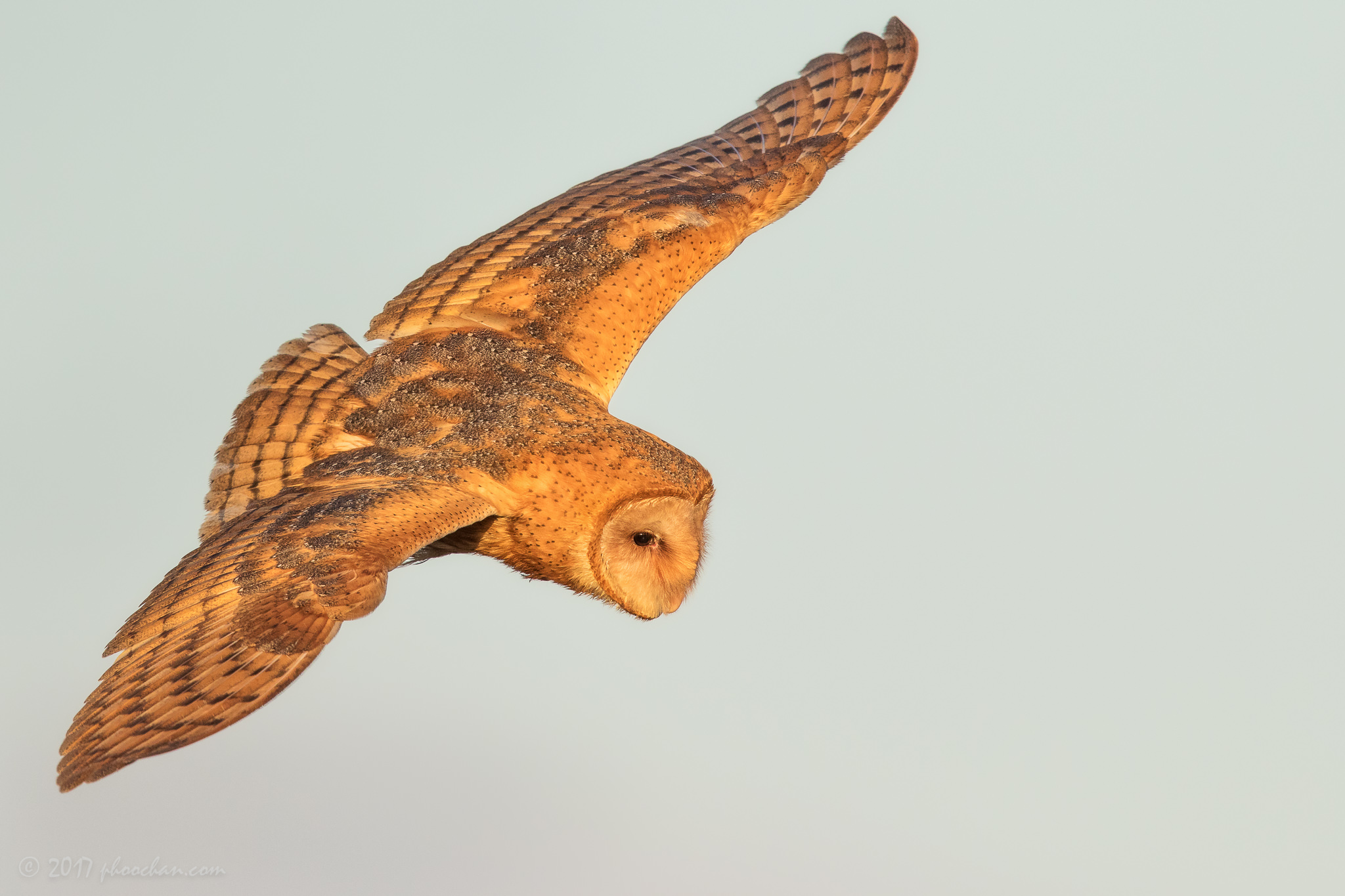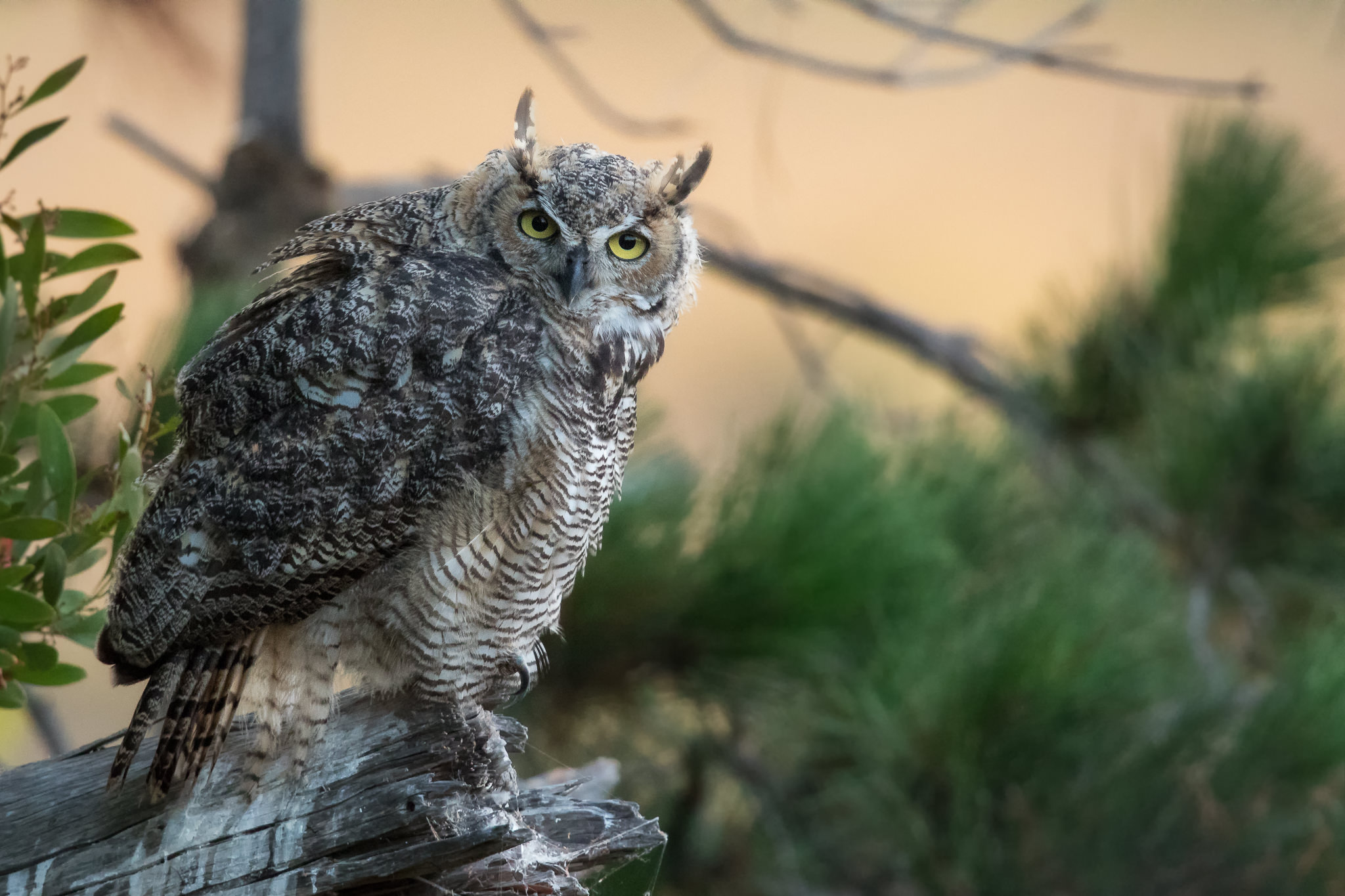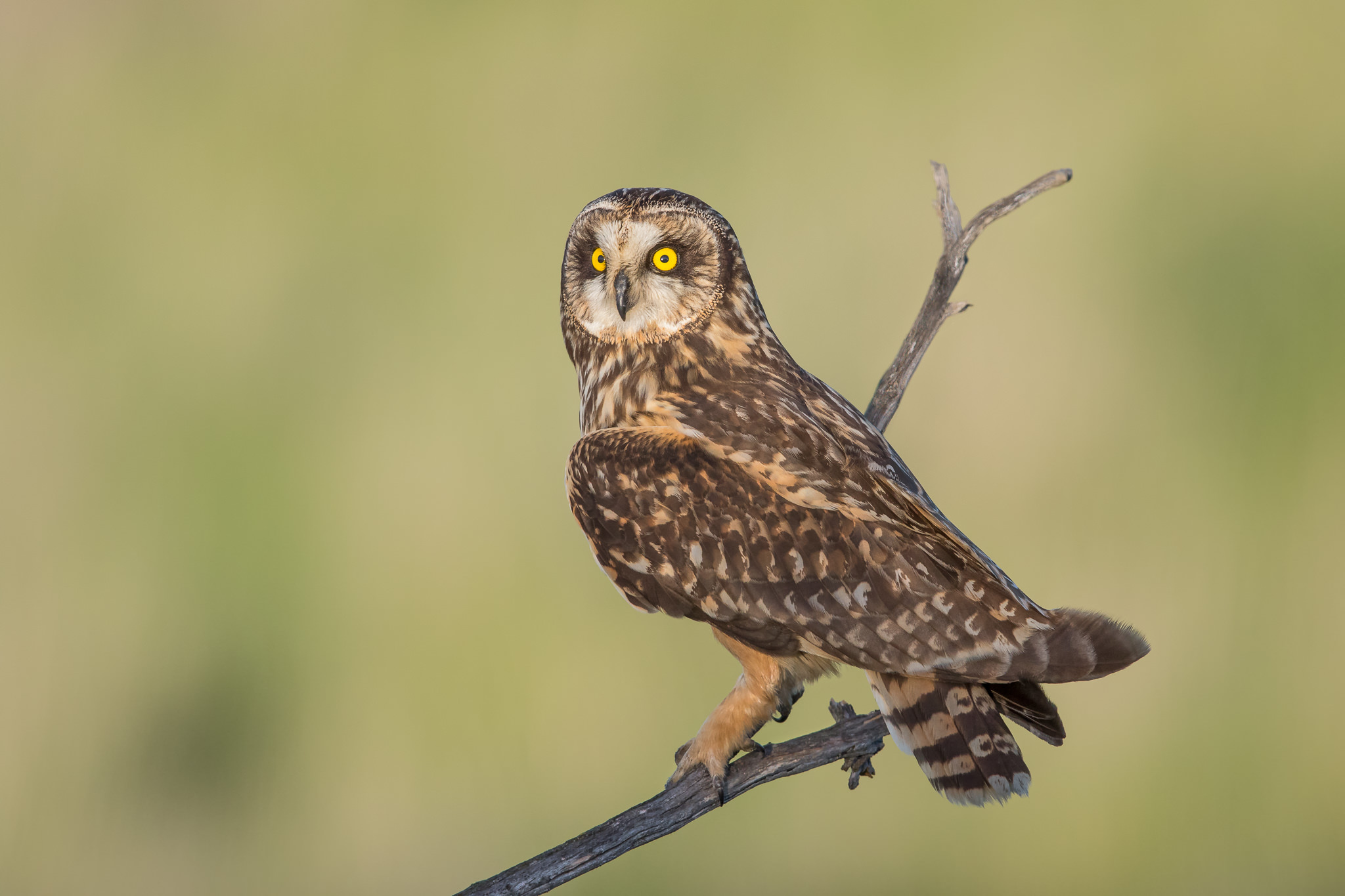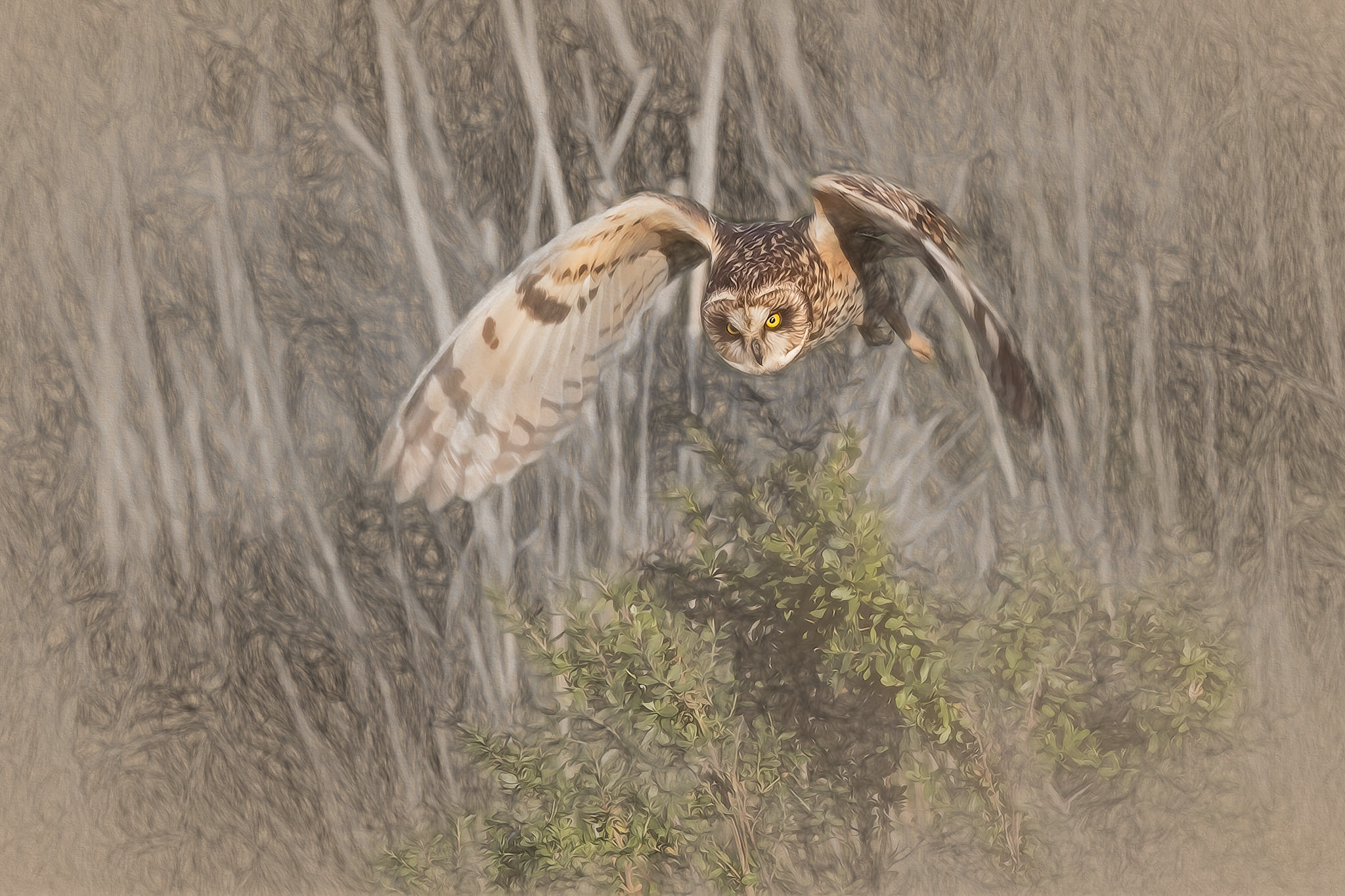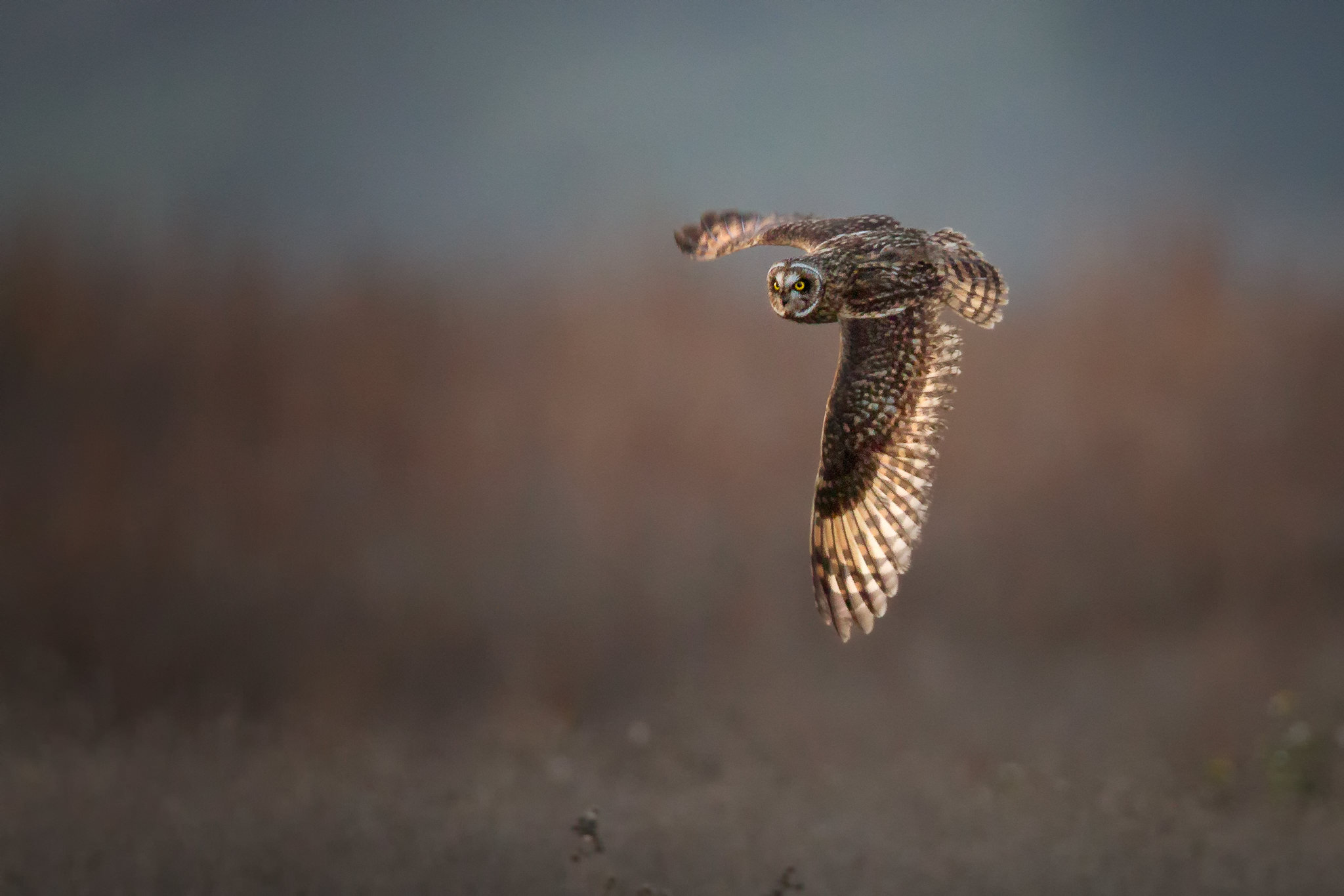THE SPOTTED WOOD OWL



The Spotted Wood Owl is a richly colored medium-sized owl with a large rounded head, no ear-tufts and dark eyes. Its range is strangely disjunct; it occurs in many regions surrounding Borneo, but not on that island itself. The facial disc is orange-buff. Eyes are dark brown, bill is greyish to greenish-black, and cere is greenish-black. The head is chocolate-brown with feathers that have golden bases and white spots with black edges that become bar-shaped on the nape. The upperparts are overall rufous chocolate-brown, profusely spotted with black-edged white spots. The mantle, back and uppertail-coverts are paler chocolate-brown, with black-margined white […]


